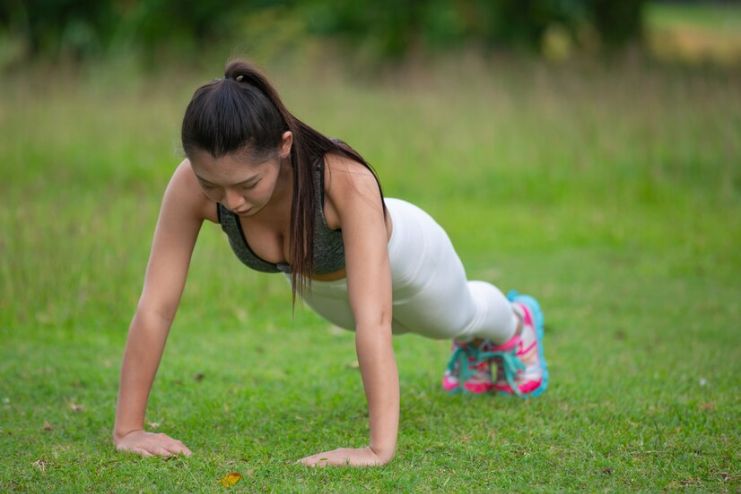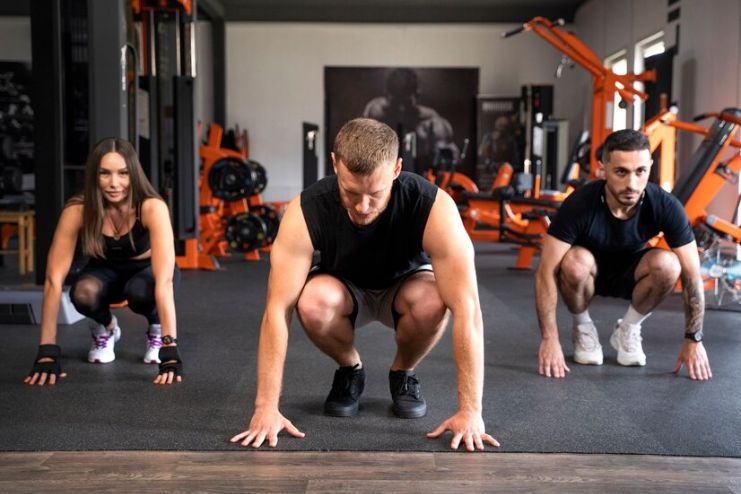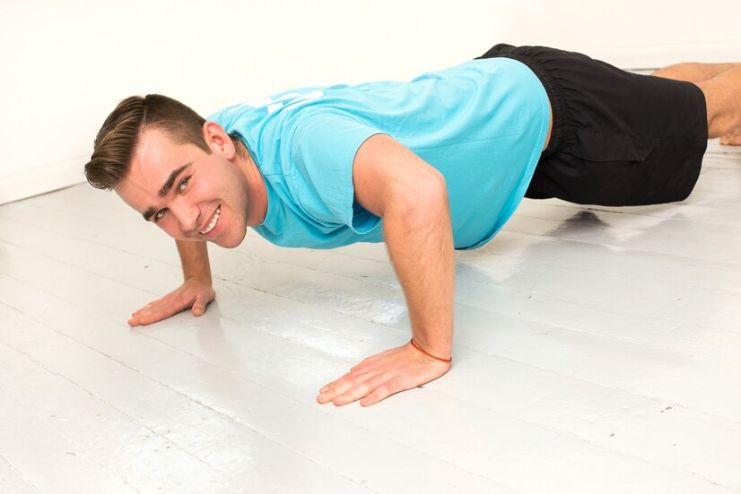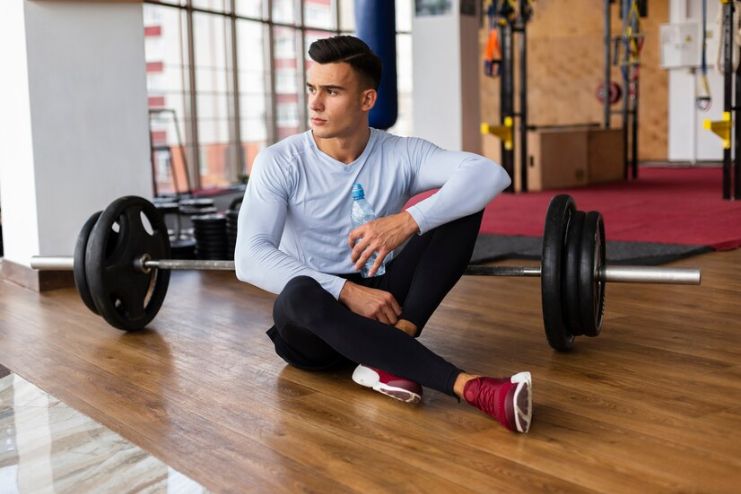Affiliate Disclaimer
Some links in this article are affiliate links. We may earn a small commission if you make a purchase through these links, at no extra cost to you. We only recommend products we find useful to our readersSportspeople, athletes, and fitness enthusiasts often seek exercises that boost their strength. They are constantly looking for ways to enhance both power and speed. For this purpose, plyometric exercises are perfect. Most people call plyometric exercises jump training, which trains muscles to change positions quickly from extension to contraction. This exercise helps them boost explosive performance and agility.
In this article, we will learn the science of plyometric exercises, their key benefits, and a few tips for including them in your routine. Let’s get ready to enhance our fitness with plyometric exercises.
The Science of Plyometrics

Plyometric exercises are particularly popular among basketball, tennis, and track and field athletes, where quick, powerful movements are crucial. However, anyone can benefit from Plyos by enhancing their strength and power.
Plyometric training primarily targets fast-twitch muscle fibers through the stretch-shortening cycle (SSC), which involves two key phases:
- Eccentric Contraction (Stretching): The rapid stretch lengthens the muscles while storing energy.
- Concentric Contraction (Shortening): The energy stored in the above phase is released in an explosive contraction, enhancing power output.
This quick transition between phases helps activate fast-twitch fibers, which are responsible for rapid, powerful movements. Thus, Plyos is ideal for building explosive strength.
Key Points About Plyometrics:
- Stretch-Shortening Cycle (SSC):
As mentioned earlier, SSC is the core mechanism of plyometrics. It is where the muscle stores elastic energy during the eccentric phase and releases it in the concentric phase. This typically involves a rapid release of energy and maximizes force production quickly, which is perfect for fast-twitch muscle activation.
- High-Intensity Movements:
Box jumps, depth jumps, and jump squats are examples of plyometric exercises. These involve quick, rapid, explosive moments demanding high bursts of energy. They also engage in high levels of muscle recruitment, activating fast-twitch fibers.
Plyometric exercises significantly enhance athletic performance, improving vertical jumps, running speed, and agility. They also build muscle strength and coordination by activating fast-twitch fibers and improving neuromuscular control for explosive movements.
Key Benefits of Plyometric Exercises:
-
Increased power and speed:
As per NASM, speed can be defined as the ability to move the body in one direction as quickly as possible. Just like power, having great speed requires a more efficient SSC. This is particularly true of the fast-twitch muscle fibers, built for powerful yet short activities like sprints and running. A study published in the Journal of Physical Education and Sport from the University of Bari, Italy, concluded that individuals who incorporated plyometric training alongside traditional training twice a week experienced significant improvements. It also focused on how plyometric exercises improve neuromuscular adaptations, which are crucial for explosive movements. This is excellent evidence stating the benefits of plyometrics in enhancing athletic capabilities.
In short, plyometric exercises are beneficial for speed in the following ways:
- Pylometrics improve the explosive activities and power required for heavy-intensity workouts.
- They enhance neuromuscular efficiency.
- They generate maximum force in less time, leading to higher power output. These activities include running, sprinting, etc.
-
Improved agility and quickness:
You are agile if you can quickly change your movements and direction. This is another perk of polymetric exercises for athletes.
According to the International Sports Sciences Association (ISSA), agility training not only helps muscles react in unfamiliar situations but also strengthens connective tissues. Thus, the risk of injury is significantly reduced, not just in sports but also in daily life.
Here’s how plyometric exercises make you agile:
- Enhanced explosive power:
Box jumps, single-leg hops and such plyometric exercises help train your muscles. These help in rapid contractions and generate force. All these improve your stability and agility.
- Improved reaction time:
Quick transition practice between movements trains you to react faster to changing situations. This is due to enhanced neuromuscular coordination.
- Everyday functional movement improvement:
You can see that your day-to-day functional movement performance improves with plyometrics, enabling you to be better at sports as well.
-
Enhanced coordination:
Plyometrics involve rapid muscle contractions, which improve neuromuscular coordination. This leads to better coordination and balance during exercise. Simply put, the first time you try to balance yourself on one leg seems complex, but it gets better when your understanding of body balance improves.
Plyometrics helps you get a good balance in various ways.
- It helps in less likelihood of encountering a fall or injury
- It helps older adults who get the benefit of improved balance through plyometric exercises.
-
Improved Muscle Power:
Muscles, bones, tendons, and ligaments become stronger when continuously challenged. Plyometric exercises are often explosive movements in which you might resist gravity and end up on one or both feet. This provides the required strength, making these tissues stronger and thicker. These exercises are also great for preventing injuries.
- With a primary focus on power, plyometrics also contributes to muscle strength by recruiting fast-twitch muscle fibers, which are responsible for explosive movements.
- Makes muscle tissues stronger as well as prevents injuries.
-
Improved Metabolic Rate:
Plyometric exercises are the best way to enhance your metabolic rate. This leads to better fat burning, as with high bursts of energy, you burn more calories both during and after the workout. Rapid muscle contractions also help in excessive energy and calorie expenditure, helping your metabolism.
- Plyometrics often result in an afterburn effect, where your metabolism rises even after you finish the exercise. This is known as excess post-exercise oxygen consumption (EPOC). Thus, plyometric exercises provide a good boost to your metabolism.
Now that we understand the benefits of plyometric exercises, you must also know a few popular workouts you can include in your regimen.
Popular Plyometric Exercises:
-
Burpees:

Burpees are a perfect choice if you want to work on various muscle groups. They work the core, glutes, shoulders, and legs.
Here are the steps to perform a burpee:
- Stand with your arms at your sides and your feet shoulder-width apart.
- Next, perform a squat and reach forward, placing your hands on the floor, also shoulder-width apart.
- With your hands directly under your shoulders, jump your legs back into a high plank position.
- Lower your body toward the floor, then lift your palms and place them back on the ground.
- Push yourself back up to the high plank position.
- Jump up and sprint as high as you can, reaching your arms overhead.
- Finally, land lightly on your feet to complete one repetition. Repeat the entire exercise for additional repetitions.
-
Box Jump:

Box jump is an advanced-stage workout. You must ensure your form is proper for the arm swing and landing stance. Only then can you attempt this on a box. You must also ensure that your feet don’t collapse while landing inwards.
Here are the steps to perform a box jump:
- Position a sturdy box a few feet in front of you while standing on the balls of your feet.
- Squat down by bending your knees and extending your arms behind you.
- Press through both feet to jump on top of the box, swinging your arms for momentum as you do so.
- Keep your knees slightly bent, and land fully on the box.
- Stand up straight and prepare for the next repetition.
-
Depth Jumps:

Depth jumps are an integral part of plyometric exercises. They are the best way to activate muscles across your lower body, including glutes, hamstrings, and quadriceps.
Here are the steps to perform a depth jump:
- Stand on the edge of a Plyo box or an elevated surface.
- Step down from the box and land in a squat position.
- Push off the ground and jump high, extending your arms overhead.
- Engage your core to land softly.
- Repeat for as many repetitions as you wish.
-
Clap Push-Ups:

Clap push-ups are perfect for building explosive upper-body strength while improving overall athletic performance. This exercise helps improve power in the chest, shoulders, and triceps.
Here are the steps for a clap pushup:
- Keep your core tight and your back straight.
- Position your hands slightly wider than shoulder-width apart.
- Perform a regular push-up, lowering your chest close to the ground.
- Then, lift your hands off the ground with enough force to clap them together quickly before returning them to the ground.
- As your hands touch down, slightly bend your elbows.
- Repeat this sequence as many times as you wish.
Safety Tips for Plyometric Training

It is essential to follow safety tips and precautions while performing plyometric exercise. Here are a few safety tips to consider.
Key Safety Points for Plyometrics:
- Warm-up Thoroughly:
A warm-up is essential before any exercise. Likewise, in a plyometric exercise, perform an extensive warmup. This can include light cardio and muscle activation exercises such as airplanes, plank march, and slide plank with leg raises. - Proper Technique is Crucial:
Ensure that you land softly, and follow proper techniques while doing pylometric exercises. - Start with Basics:
Start with beginner-friendly plyometric exercises like box jumps, jump squats, or simple hops. - Gradual Progression:
You must increase the workout intensity gradually as your body adapts. - Listen to Your Body:
Stop and rest if you experience severe pain. - Rest and Recovery:
Allow muscles to recover by having ample rest and recovery.
Who Can Benefit from Plyometric Training?
Athletes in Sports
Sportspersons, such as those who play football, volleyball, and soccer, need quick bursts of energy. The energy required for jumping and sprinting needs agility, which plyometric exercises seamlessly provide.
Fitness Enthusiasts
Plyometric training is the best choice for fitness freaks. People who wish to build power and be agile usually gain immensely from plyometric workouts, which also offer a variety to their regular workout routine.
Older Adults:
Since plyometric workouts provide agility and balance, they are not only limited to athletes but also recommended for older adults.
Conclusion:
Plyometric workouts are highly effective for building explosive strength. They help you develop speed, agility, and coordination while improving your fitness. In addition to these benefits, plyometric exercises can help prevent injuries. It is important to follow a set of safety tips to maximize the advantages of this type of training. Now is the perfect time to embark on your plyometric journey and achieve your fitness goals!
In this Article



















